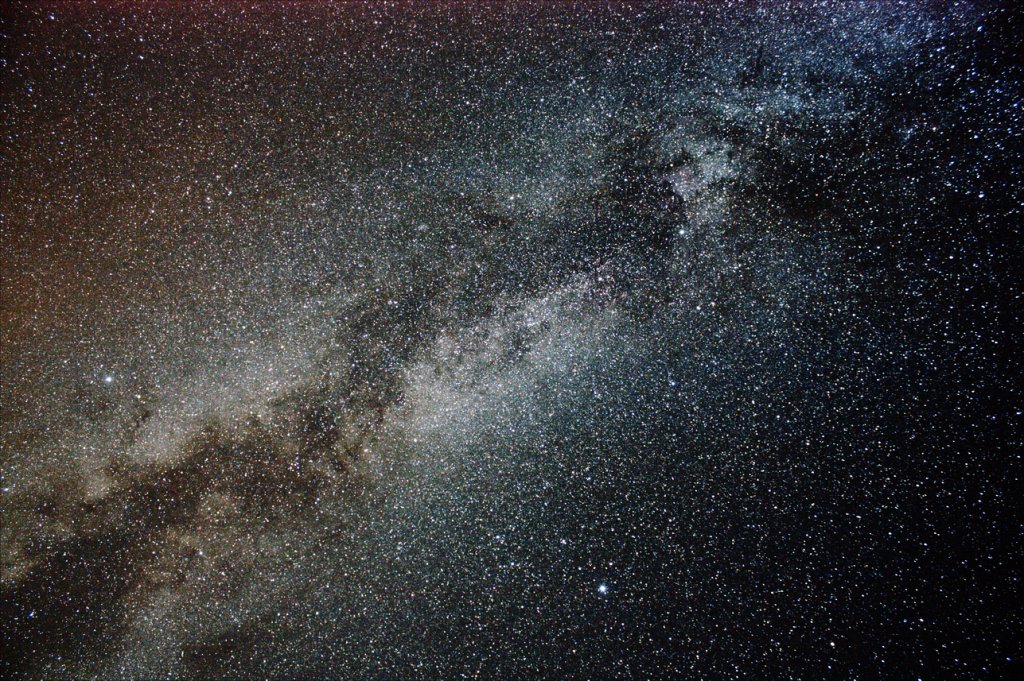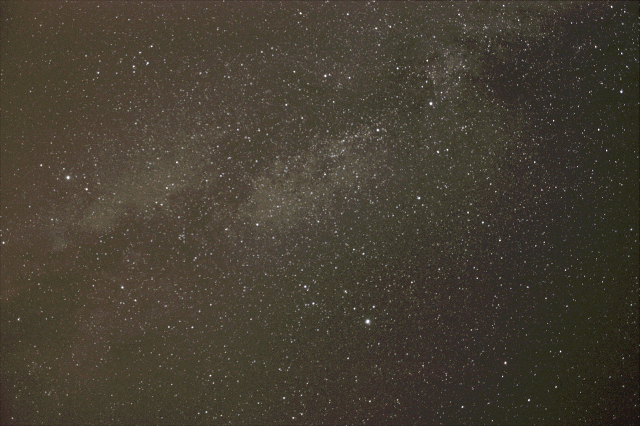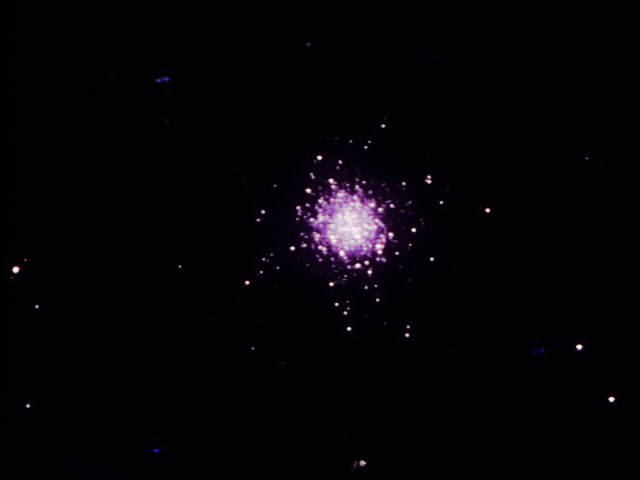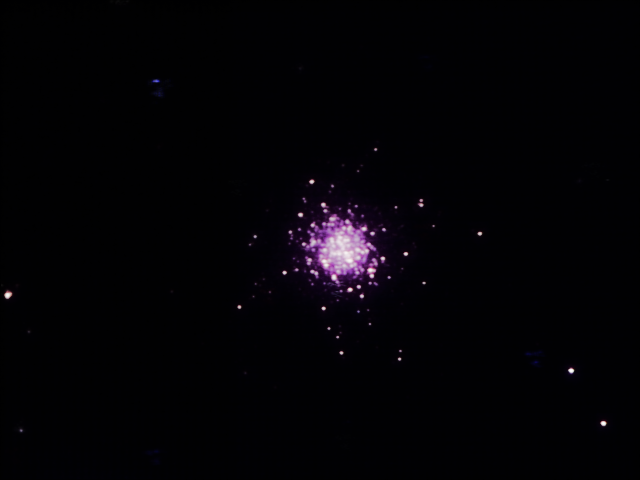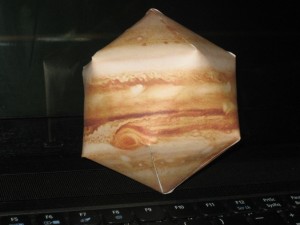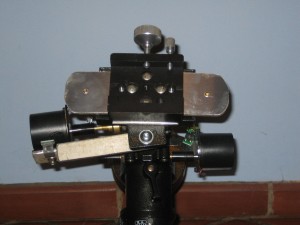With almost horizon-to-horizon blue skies yesterday evening I gambled on putting out both the 127 Mak on the EQ3-2 so I could polar align it for any solar imaging that I can find time for, and the ST120 with its new-to-me dual-speed Crayford. As twilight fell the occasional cloud popped up, but nothing that bothered me too much. Things were still looking good. Sadly the story was not the same by 11pm as a fair bit of cloud had built up and was speeding its way across the sky, greatly enlarging the light dome of Taunton and blotting out much from the north round to the south-east. Nonetheless, my last night out was 19th June, and 15th May before that. I’d probably sit outside under a blanket with holes poked it in by now, so I was determined to make the best of it.
M72 and M73 were my first two targets, but Capricornus was completely covered by cloud so I went back to look for M24. I just couldn’t find M24 last time I was out, but I’ve since seen photographic images showing it quite clearly which gave me a much better idea of what I was looking for. Having spent a little time on a detour to M22 and the Omega and Eagle nebulae I found what is clearly a much more dense area of blue-white stars in the right place for M24. Now i’ve seen it and understand what it is I’m not in the least surprised I couldn’t find it last time. My expectations were all wrong and I probably looked straight at it without realising what I was looking at.
The main Sagittarius asterism was scooting along the tree tops, so I decided to try to find the three Messier objects along the bottom edge. All three were fairly simple star hops from Kaus Australis, but being so low on the horizon they were also fairly unrewarding to view. More aperture and a more southerly latitude is required for these one day I think. M54 was a landmark for me though, being my 100th Messier object.
Around half past midnight I looked up at Ursa Minor to get an estimate of NELM for the night (getting up towards 5.5) and as I was counting stars a beautiful meteor shot southwards straight through both Ursa Minor and Major leaving a trail of sparkling debris behind it covering about thirty to forty degrees of sky (measured using my hands) before winking out. It must be the prettiest meteor I’ve ever seen. Such a shame it lasted no more than a heartbeat.
By this time the cloud over Capricornus was clearing and I could see the “tail” stars, so I moved on to find M75. Another that needs more aperture, I think, but hopefully it should benefit from being a little higher in the sky later in the year. I’m not at all sure the remaining cloud wasn’t washing out the view a little too, as M72 and M73 were very much the same. I fancy I did at one point glimpse the Saturn Nebula using averted vision, but I really can’t be sure.
My final “new” Messier for the night was M55, still low on the horizon and not the most straightforward of hops from τ Sagittarii as few stars were visible at such low altitude. I identified where I thought it ought to be and was greeted with a mushy grey view of, well, nothing, really. For just a fleeting few seconds the sky cleared and I saw what might well be a fairly impressive globular cluster under better conditions, but obviously last night was not to be the night. Another for the “more aperture, less latitude” list.
As I packed up I spent a bit of time just looking at the sky as a whole. Much of the cloud had cleared and the view of the Milky Way was outstanding, clearly running all the way from Scorpius over to the northern side of Cassiopeia. As I walked down the garden path I was so distracted by the fact that I could see M31 with the naked eye that I almost impaled myself on the washing line.
Clearly this was too good to miss, so I packed up the scope, found the bins and a beer and sat outside just scooting around the sky picking out stars, watching satellites and chasing meteors with the 10x50s. At one point I saw an astonishingly bright flash in the Milky Way near Sagitta which travelled north as it dimmed. I assume it was an Iridium flare, but I’ve not yet checked. Having never seen it before I also found the Coathanger entirely by chance, and whilst looking away and finding it again just to prove I could realised that it is also a naked eye object here.
By 2am I decided that If I didn’t want to be a complete waste of space this morning I’d better call it a night and did so very contentedly.

